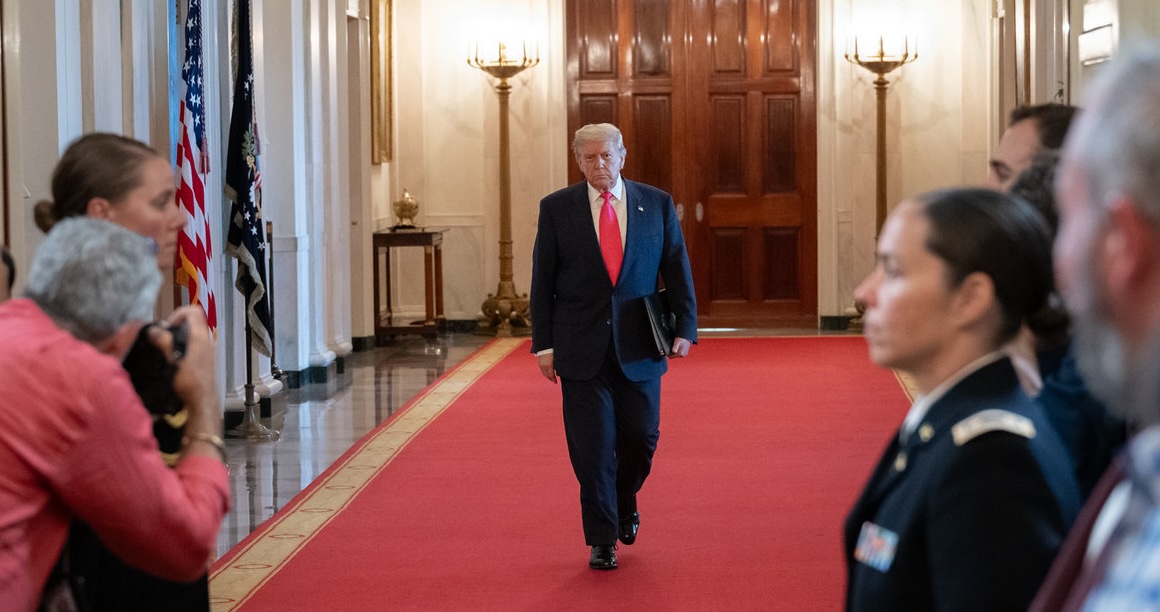Already a subscriber? Make sure to log into your account before viewing this content. You can access your account by hitting the “login” button on the top right corner. Still unable to see the content after signing in? Make sure your card on file is up-to-date.
President Donald Trump has voiced support for allowing foreign journalists into Gaza, backing increased media access amid growing international criticism of Israel’s restrictions on press coverage there.
Some shit you should know before you read: Since the start of the war in Gaza, Israel has maintained strict controls on international media access, allowing foreign journalists to enter only when escorted by the Israeli military (a policy that has faced mounting criticism from press freedom groups and international observers). These restrictions have meant that nearly all visual and on-the-ground reporting has come from UN agencies or Palestinian journalists already living in Gaza. While Israel often claims that these local reporters are aligned with or sympathetic to Hamas, others argue that they are the only remaining independent voices documenting the war’s impact on civilians.

What’s going on now: In a notable development, President Trump called for greater media access to Gaza, stating he would “like to see” foreign journalists allowed into the war-torn area. His comments came shortly after Israeli Prime Minister Benjamin Netanyahu announced that he had directed the military to permit more international journalists into Gaza under security precautions. Netanyahu claimed that allowing the foreign press would show the world how Israel is targeting Hamas infrastructure while working to protect civilians, even as critics argue that the destruction has disproportionately impacted non-combatants.
Trump’s remarks also came in the immediate aftermath of an Israeli strike that killed at least six journalists near al-Shifa Hospital, including five Al Jazeera staff members. Israel justified the strike by accusing prominent reporter Anas al-Sharif of being a Hamas militant, citing alleged documents and past affiliations. However, media organizations and press freedom groups, including the Committee to Protect Journalists, strongly rejected those claims, pointing to a pattern in which Israel labels journalists as militants after fatal attacks without providing verifiable evidence.
Al Jazeera and others condemned the strike as a deliberate attempt to silence coverage, particularly given that the victims were in a designated media tent and not near active combat zones.
This all comes as Israel prepares to escalate its military campaign into the last remaining areas of Gaza not under its control, including the central refugee camps of Nuseirat and Bureij, and the overcrowded Muwasi displacement zone. Prime Minister Netanyahu has labeled these regions Hamas strongholds and announced plans for a broader offensive that he claims will dismantle terrorist infrastructure and pressure Hamas to release the remaining hostages.
While Netanyahu says civilians will be directed to designated “safe zones” with adequate food, water, and medical care, previous attempts at such zones have been heavily bombarded and have lacked essential resources.







